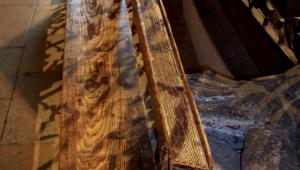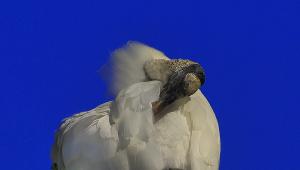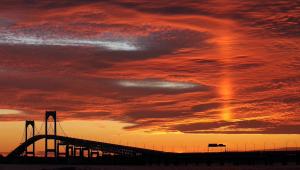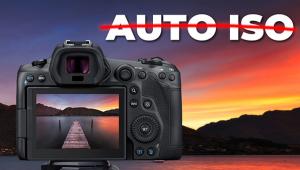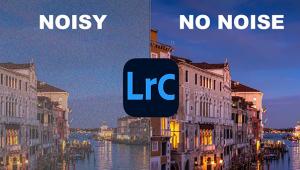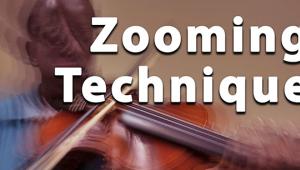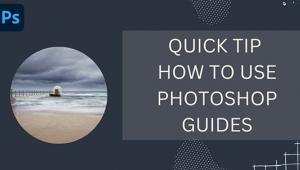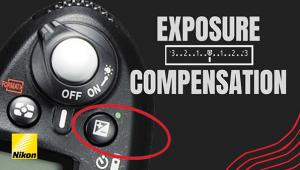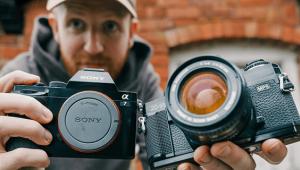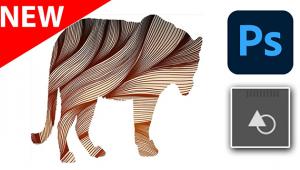Zeiss Ikon Lenses; ZM Mount For New Zeiss Ikon Rangefinder 35mm Camera Page 2
In Spain (especially in Daroca and Teruel in the ancient kingdom of Aragon) we used all six lenses impartially on three cameras, the ZI itself, Roger's Leica MP, and Frances' Voigtländer Bessa R2. They functioned perfectly on all three. Now, what Frances is really, really hoping is that Zeiss will take note of the fact that most of Roger's published 35mm pictures are taken with Leicas and Leica lenses, and let her have a long-term loan of a ZI and a 50mm lens. Then, the old Zeiss-Leica rivalry would be brought home to us, literally and with a vengeance!
 |
|
|
The Rangefinder Difference
Few people other than collectors will buy all these lenses, and time and again
while we were testing them we were reminded of the huge difference between rangefinder
photography and the way that most people use SLRs. The vast majority of serious
rangefinder users choose two or three lenses, and shoot the greater part of
their work--normally well over half, and maybe as much as 90 percent--with
just one of those. Other lenses may be bought for specialist applications, but
will receive much less use.
This may seem extremely limiting to photographers brought up on zooms, but its
great advantage is that you soon acquire an almost instinctive feeling for the
area covered by your favorite lens(es) and you merely have to raise the camera
to your eye to put the frame around the picture: you are already at the right
distance. Many rangefinder users find that this creates an almost mystical rapport
between photographer and subject.
Furthermore, you can set the distance by feel (remember those focusing bumps)
as you raise the camera to your eye, and you can preset the aperture and shutter
speed to likely values, assuming you are not relying on automation. You can
work so quickly and so unobtrusively that you can indeed start to feel like
the legendary Cartier-Bresson, who commonly took a picture before anyone had
noticed.
Lens Distinctions
So much for common features: what about the individual lenses? All prices quoted,
incidentally, are list; discount policies among dealers do not yet seem to be
fully established.
The 15mm f/2.8 Distagon ($3796, plus finder at $491, built-in shade) is big:
70mm (23/4") long by 81mm (31/4") in diameter with the lens cap
in place. This may not sound big to someone brought up on SLRs and zooms, but
by rangefinder standards it's a monster. The weight is variously given
as 370 gm/13 oz (lens instruction book), 500 gm/171/2 oz (Zeiss website), and
465 gm/161/2 oz (our kitchen scales). With 11 glasses in nine groups it has
an angular coverage of 110Þ, and it focuses down to just 0.3 meters.
 |
|
|
To our surprise, it isn't rangefinder coupled. Of course, it doesn't
need to be. Depth of field is so enormous that scale focusing is more than adequate.
Even at f/2.8, everything from 1 meter to infinity is in focus at the hyperfocal
distance, or everything from 2 meters to infinity with the lens set at infinity.
But from a marketing viewpoint, we couldn't help feeling that rangefinder
coupling might have made sense. With the 21mm f/2.8 Biogon ($1307, plus $491
for the viewfinder and $127 for the 21/25 shade), we are back in more familiar
realms. It's still 300 gm (101/2 oz) and 64mm deep, but the maximum diameter
is less than 50mm (2"). With nine glasses in seven groups it has a diagonal
coverage of 90Þ, and it focuses down to 0.5 meters (19").
The 25mm f/2.8 Biogon at $1152 (25/28 finder $491, 21/25 or 25/28 shade $127)
is, as its name suggests, similar in design to the 21mm f/2.8--nine glasses,
seven groups--and covers 82Þ diagonally. Again it focuses down to
0.5 meters (19"). It weighs 260 gm (91/6 oz) and is 60mm (21/3")
long.
 |
|
|
The 28mm f/2.8 ($1042, 25/28 finder $491 [not needed with ZI body], 25/28
shade $127) is a simpler version of the Biogon design (eight glasses, six groups)
and covers 75Þ diagonally; closest focus is as for the 21mm and 25mm.
It weighs a mere 220 gm (73/4 oz) and is just 51mm (2") long.
The 35mm f/2 (also $1042, 35/50 shade $127) is again a Biogon, but this time
nine glasses in six groups: a return to nine glasses for the speed, of course.
It covers 63Þ diagonally and focuses down to 0.7 meters (28"). At
240 gm (81/2 oz) and 54mm (just over 2") long, it is admirably compact.
 |
|
|
The 50mm f/2 ($824, 35/50 shade $127) is a Planar, six glasses in four groups, covering 47Þ diagonally. Once again it focuses to 0.7 meters (28"): about 1/12 life size. It is the lightest lens at 210 gm (under 71/2 oz) and it is only 51mm (2") long.
 |
|
|
Zeiss Ikon cameras and lenses are imported by Hasselblad USA. For more information, contact Hasselblad USA Inc., 10 Madison Rd., Fairfield, NJ 07004; (973) 227-7320; www.hasselbladusa.com.
- Log in or register to post comments
